A Global Example of Balance
Singapore is often called a “City in a Garden” for a reason. It’s one of the few places where rapid development hasn’t come at the expense of nature. Instead of removing green areas for buildings, the city integrates both. This careful planning is supported by the government and local communities alike.
Many international visitors come to study these efforts. The parks serve as living proof that modern cities can thrive without giving up their natural charm. City planners from around the world take notes on how Singapore protects green spaces while still encouraging business growth and infrastructure.
Supporting a Healthy Lifestyle
People of all ages seek open spaces to stay active, and Singapore’s parks deliver. They offer paths for jogging, corners for tai chi, and open lawns for yoga or group fitness. Some even include fitness zones and bike lanes that encourage movement throughout the day.
What you’ll find in many parks:
- Jogging paths shaded by trees
- Outdoor fitness stations for all ages
- Bike-friendly routes with smooth surfaces
- Space for team sports like badminton
These areas are not just about movement—they’re also about connection. Families walk together, friends chat after a jog, and community events like fun runs bring neighbors closer. These small interactions build stronger social ties and create healthier minds and bodies.
Nature as a Classroom
Schools and research institutions frequently use these parks for hands-on learning. Thanks to their careful upkeep, the parks contain a wide variety of plants and animals, making them ideal outdoor classrooms.
Students—ranging from young children to university researchers—can observe ecosystems up close. Topics like pest control, plant life, and environmental conservation are easier to understand in such a natural setting. Some parks even feature specific zones that reflect cultural themes, like Balinese-inspired areas, which enrich lessons in art, design, and history.
The Singapore Botanic Gardens, recognized as a World Heritage Site, is a great example. Visitors can ask questions at mini-exhibits or view installations that highlight rare species. For many, these parks are not just pleasant to walk through—they’re living textbooks.
Bringing People Together Through Culture
Even in a fast-paced city, people in Singapore value coming together. Parks host cultural events that draw large crowds. Concerts, seasonal festivals, and open-air performances provide opportunities for both locals and tourists to enjoy music, food, and art.
Take Fort Canning Park, for instance. Its stage has welcomed traditional dance troupes and modern bands alike. During major celebrations like Lunar New Year, national parks transform with decorations, markets, and themed activities that celebrate diversity. These experiences reflect the spirit of the city—welcoming, vibrant, and inclusive.
Creative Use of Technology
Singapore’s parks are designed with the future in mind. Gardens by the Bay is a great showcase of this, especially with its towering Supertrees and cooled domes. These features combine design, sustainability, and functionality in one stunning setting.
At night, many parks use smart lighting systems that make the space feel safe and inviting. Visitors can scan QR codes to learn about native trees, birds, and plants. Cafés inside the parks support digital payments, adding convenience for locals and tourists alike. These features make the experience smooth, modern, and unforgettable.
Boosting Tourism and Local Economy
Tourists often include Singapore’s parks in their travel plans. From Chinatown in the morning to a peaceful walk in the Botanic Gardens later in the day, visitors get a rich view of the city’s range—old and new, man-made and natural.
Local businesses benefit, too. Food stalls, bike rentals, souvenir shops, and guided tour services all see increased activity. As tourism grows, so does job creation. These parks become economic engines, not just scenic detours.
Encouraging Community Involvement
Programs held in parks often center around community engagement. Workshops on composting and urban gardening help residents live more sustainably. People are taught how to grow vegetables, recycle properly, or care for houseplants.
Tree-planting activities are popular as well, often supported by both public agencies and private sponsors. These events attract people from all backgrounds, including foreign workers who bring unique gardening techniques from their home countries. This cultural exchange adds even more richness to the space.
Environmental Protection Through Smart Design
Singapore faces challenges due to its small size and dense population. But instead of letting that limit green efforts, city planners turn it into a strength. Parks are built with purpose. Some include rainwater systems that reduce the risk of flooding. Tall trees are placed to cool public areas during hot afternoons.
MacRitchie Reservoir, for example, is home to butterflies, monkeys, and birds. Visitors are reminded to keep noise levels down, but still get to experience nature up close—something rare in busy cities. This commitment to eco-friendly practices inspires other places to adopt similar strategies.
Inspiring the Younger Generation
Young people often look for unique places to create content or learn new things, and Singapore’s parks are ideal for that. HortPark offers programs that teach gardening skills like seed planting, while providing picturesque views perfect for photography or video.
Workshops and events bring teens into contact with older generations, giving them a deeper appreciation for heritage and civic responsibility. Whether it’s sharing garden tips or starting conversations about the environment, these experiences build thoughtful leaders for the future.
Stories Hidden in Plain Sight
Some parks feature public art and murals that tell the story of a neighborhood or historical event. Bishan-Ang Mo Kio Park, for instance, has installations that reflect its past and current role in community life.
These artworks turn a casual walk into a reflective moment. Families read plaques, children ask questions, and visitors feel a connection to the space beyond its beauty. It shows how every path and pond has something to share.
A Place to Recharge
For many, parks offer a rare kind of calm. Professionals drop by to listen to music or read a book during breaks. Benches by the river or under blooming trees provide simple but needed peace. Some bring foldable chairs just to sit and meditate.
In a high-pressure setting like Singapore, these quiet moments matter. People return to work with fresh energy after just an hour outdoors. Foreign visitors also notice this and often say they’re impressed by how a bustling city can still offer moments of calm.
Volunteer Spirit on the Rise
Park-based volunteer groups are growing in number. They organize clean-up drives, planting events, and awareness campaigns about nature care. Both residents and tourists are welcome to help out.
These efforts go beyond keeping the space clean. They bring people together. Friendships form through shared tasks, and new partnerships develop across cultures. It’s a reminder that helping the environment can also help us connect more deeply with each other.
A Smart Model for Future Cities
Urban developers and city leaders from around the world often visit Singapore to study how parks are integrated into the landscape. Features like raised walkways, shaded lanes, and green walls are carefully planned to serve both function and beauty.
Newer parks include features that block noise pollution, improve drainage, and cool nearby neighborhoods. These are not temporary fixes—they’re long-term investments that aim to improve city living for years to come.
Blending the Old and the New
Many parks in Singapore reflect a thoughtful mix of history and modernity. Chinese Garden, with its classic pavilions and arched bridges, sits comfortably beside newer spaces with sleek architecture. At Labrador Nature Reserve, visitors can explore old military structures while enjoying scenic trails.
These combinations create a space where tradition meets progress. It also shows that preserving heritage doesn’t mean stopping growth—it means moving forward with care.
A Positive Signal to Investors
Green spaces send a clear message: this is a city that values quality of life. That message attracts investors. Many businesses choose Singapore not just for its tech or trade benefits, but because they know their employees will have access to safe, welcoming environments.
Some companies even support specific park projects or sponsor events. In return, they gain public trust and a positive reputation. Meanwhile, small businesses also thrive. From cafés to weekend pop-up shops, parks provide an open platform for new ideas to grow.
A Lasting Impression
Singapore’s parks show what’s possible when a city takes its people and its environment seriously. They’re not just relaxing spots—they’re places of learning, healing, and creativity. Every tree, walkway, and mural has a purpose.
Whether you’re visiting for a few hours or live nearby, these green spaces leave an impact. They invite everyone to pause, connect, and see the city through a different lens—one that values balance, care, and community.
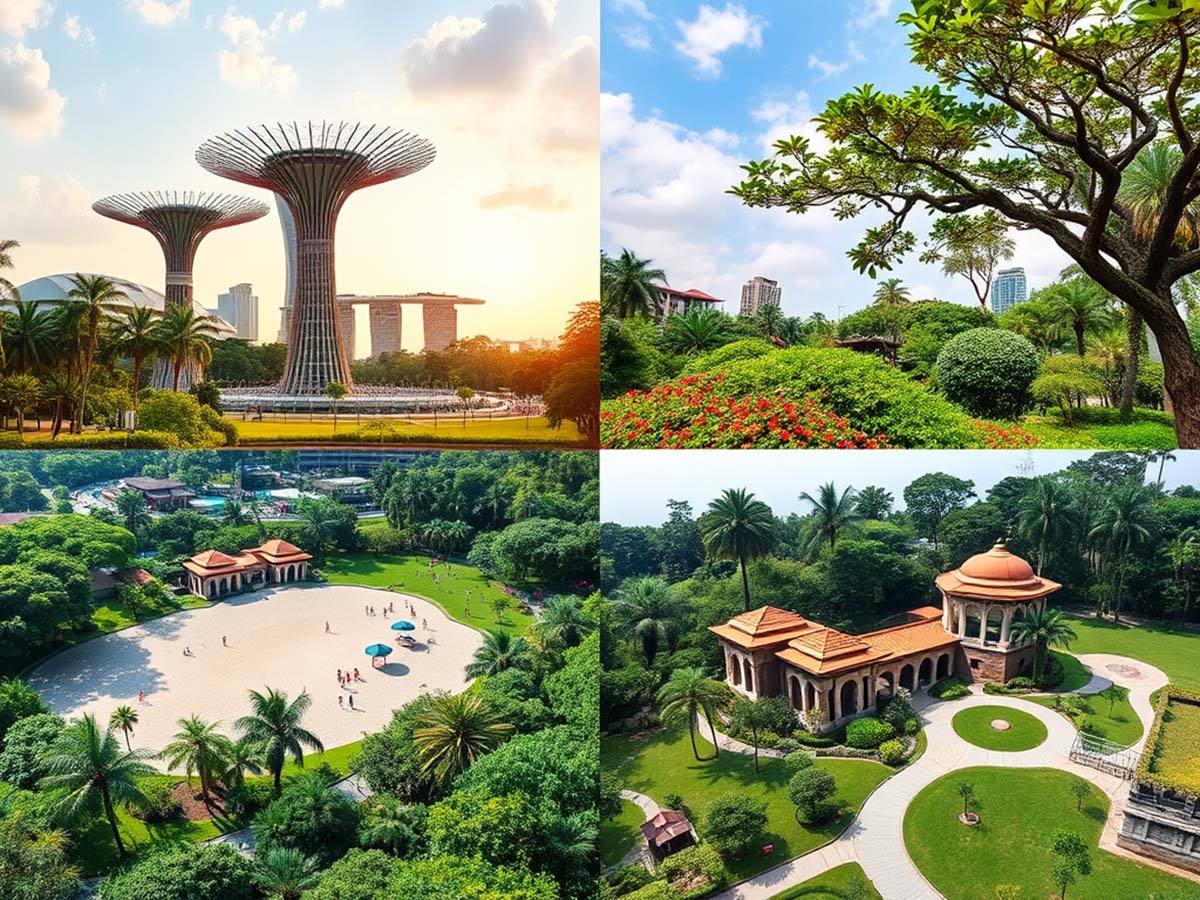

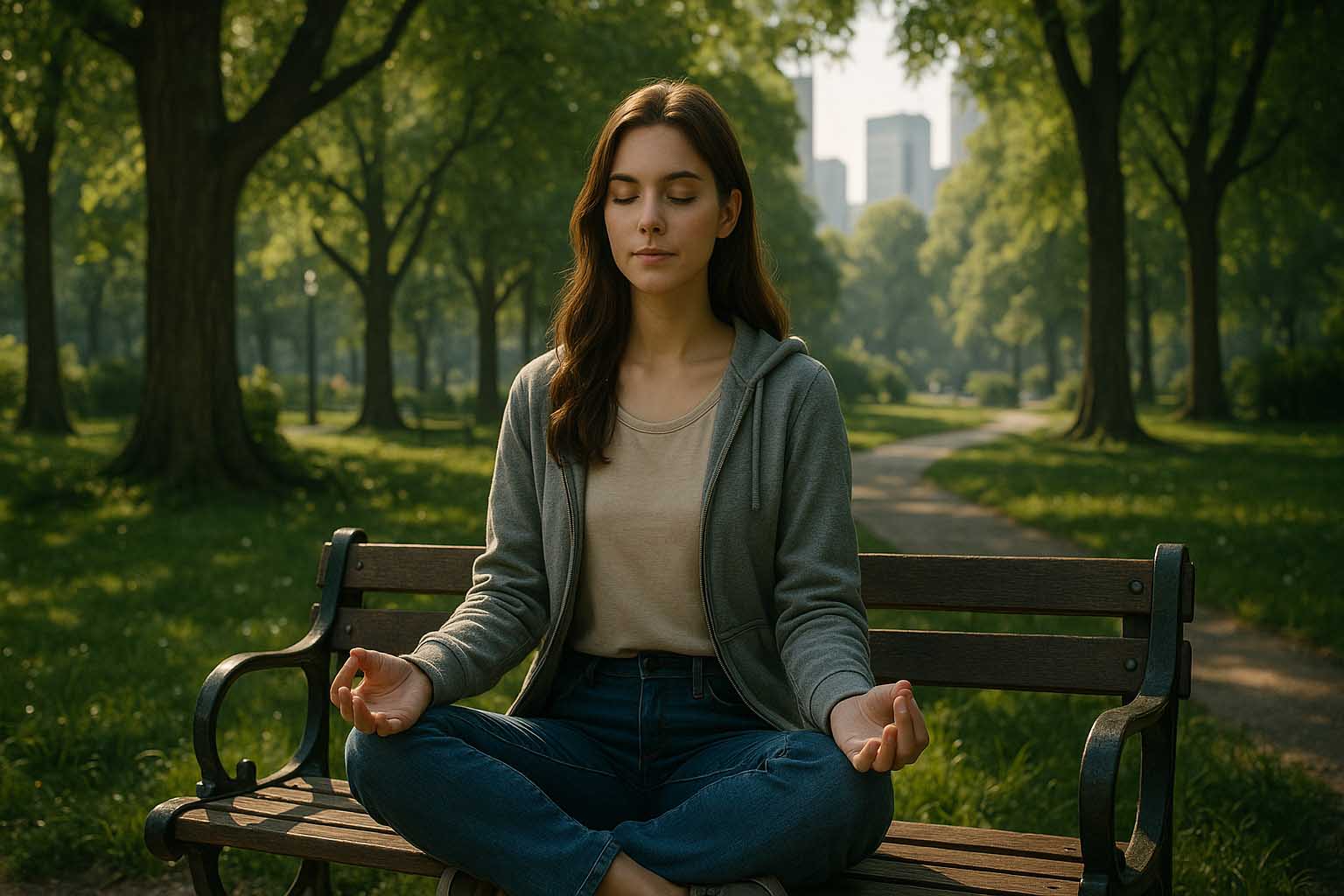

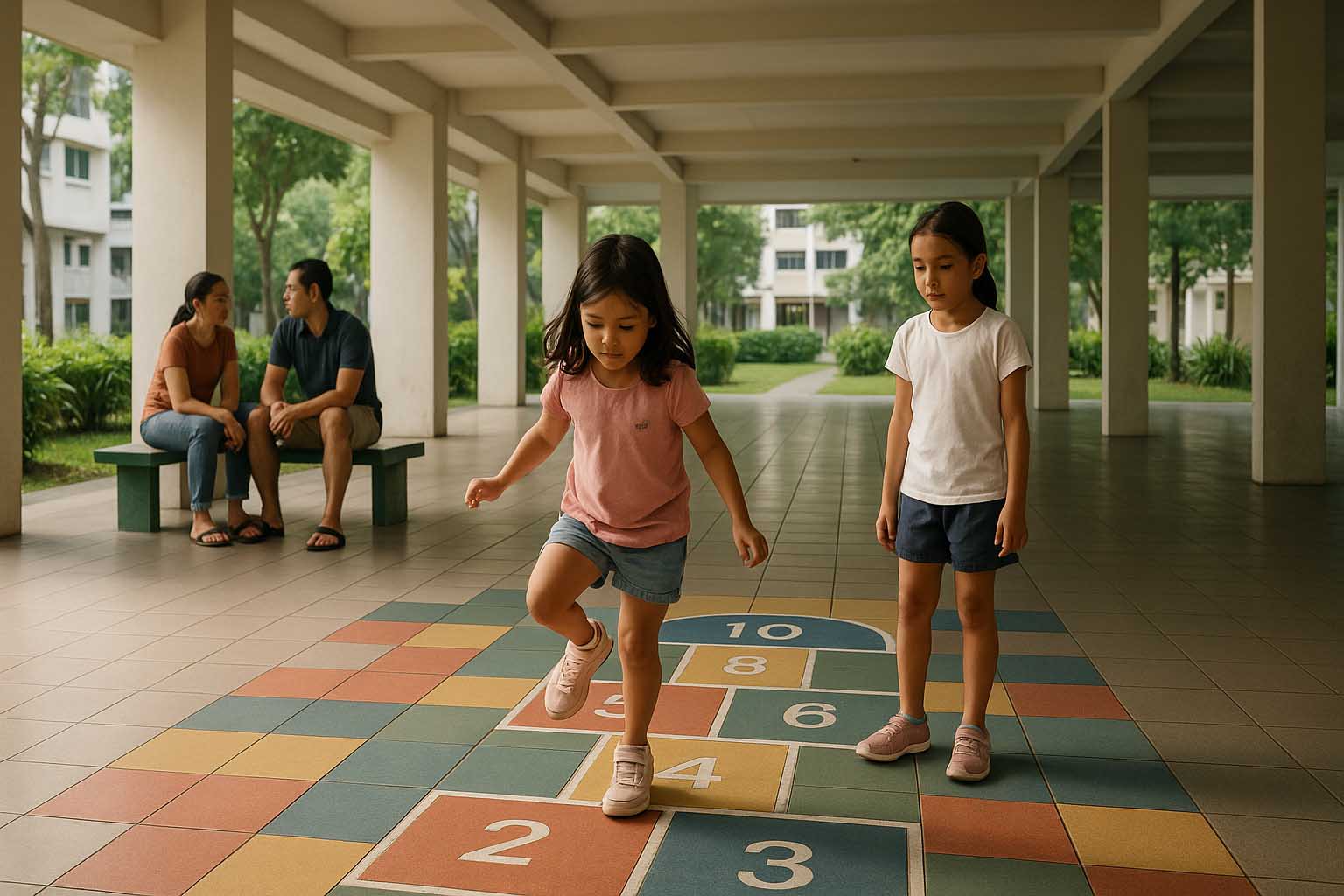
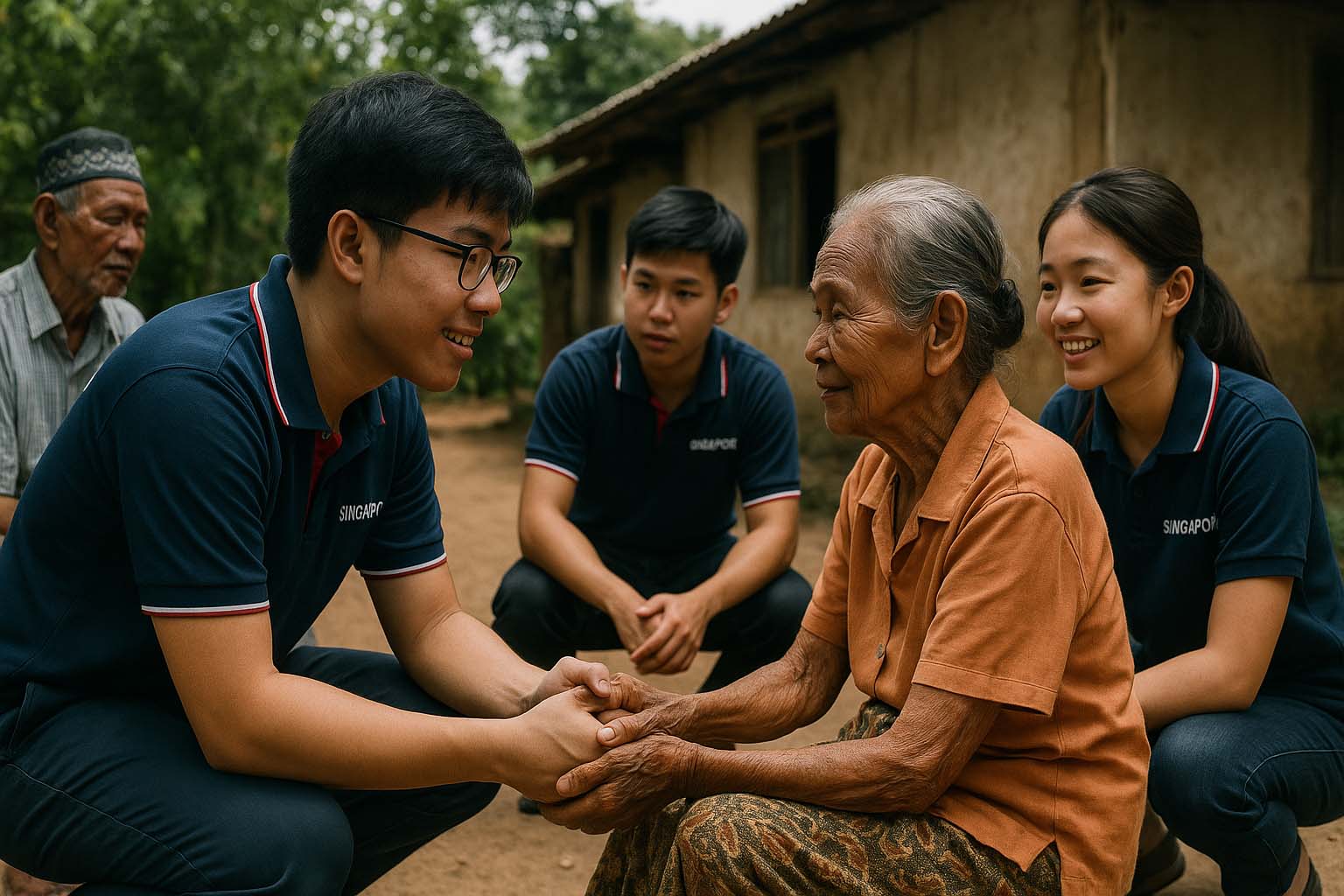
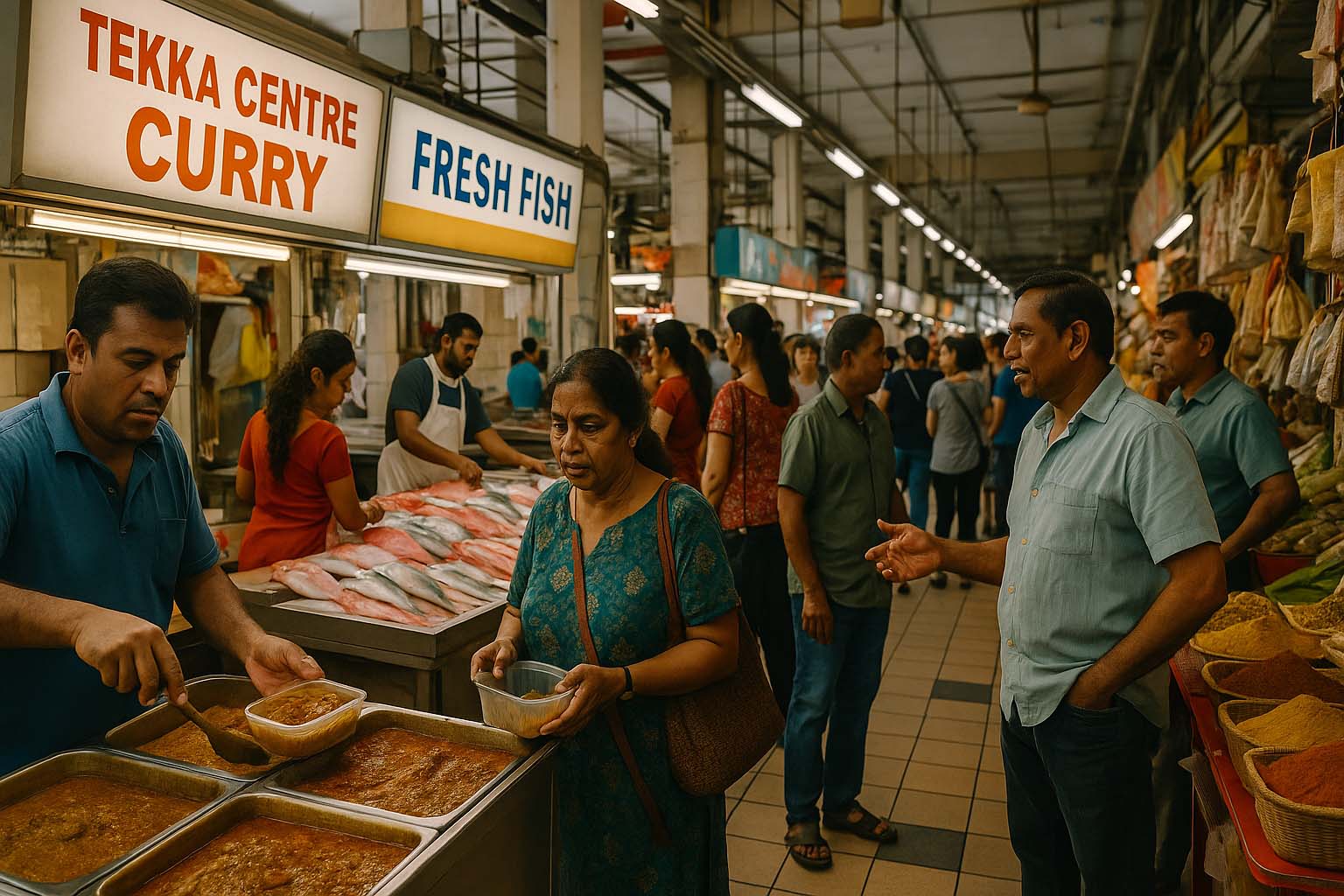
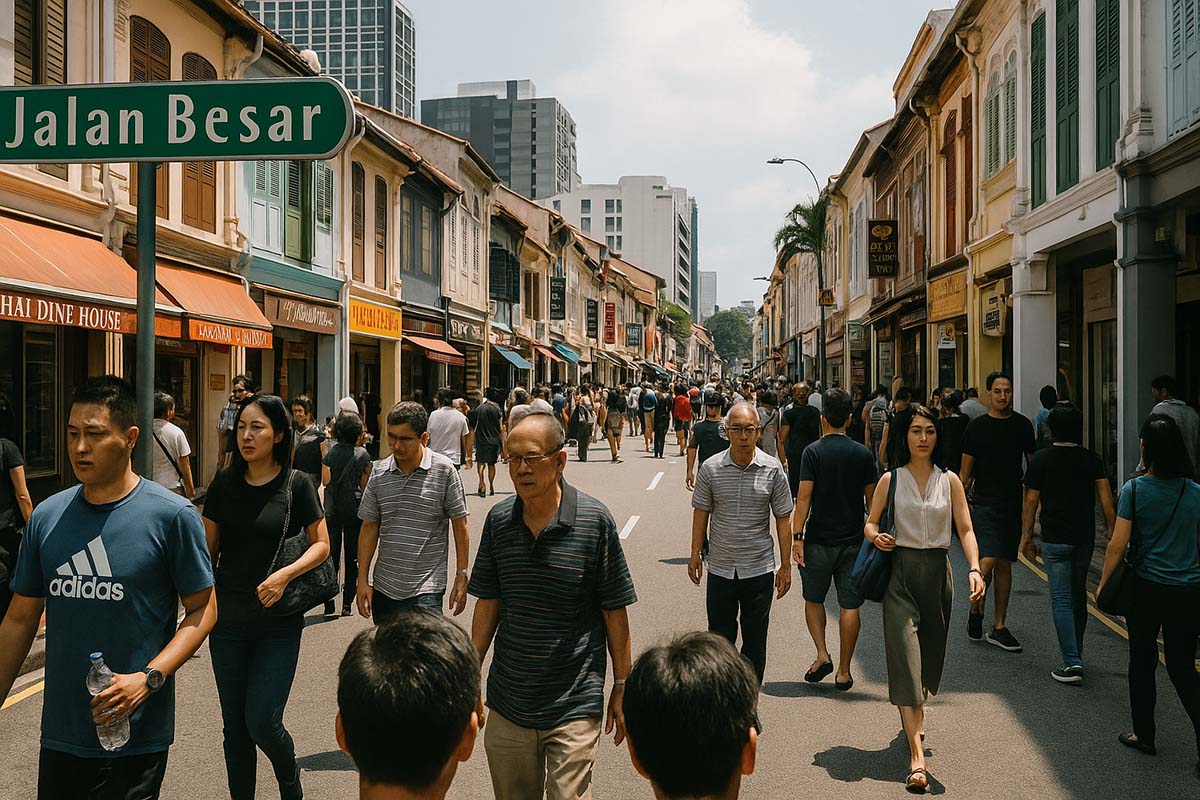
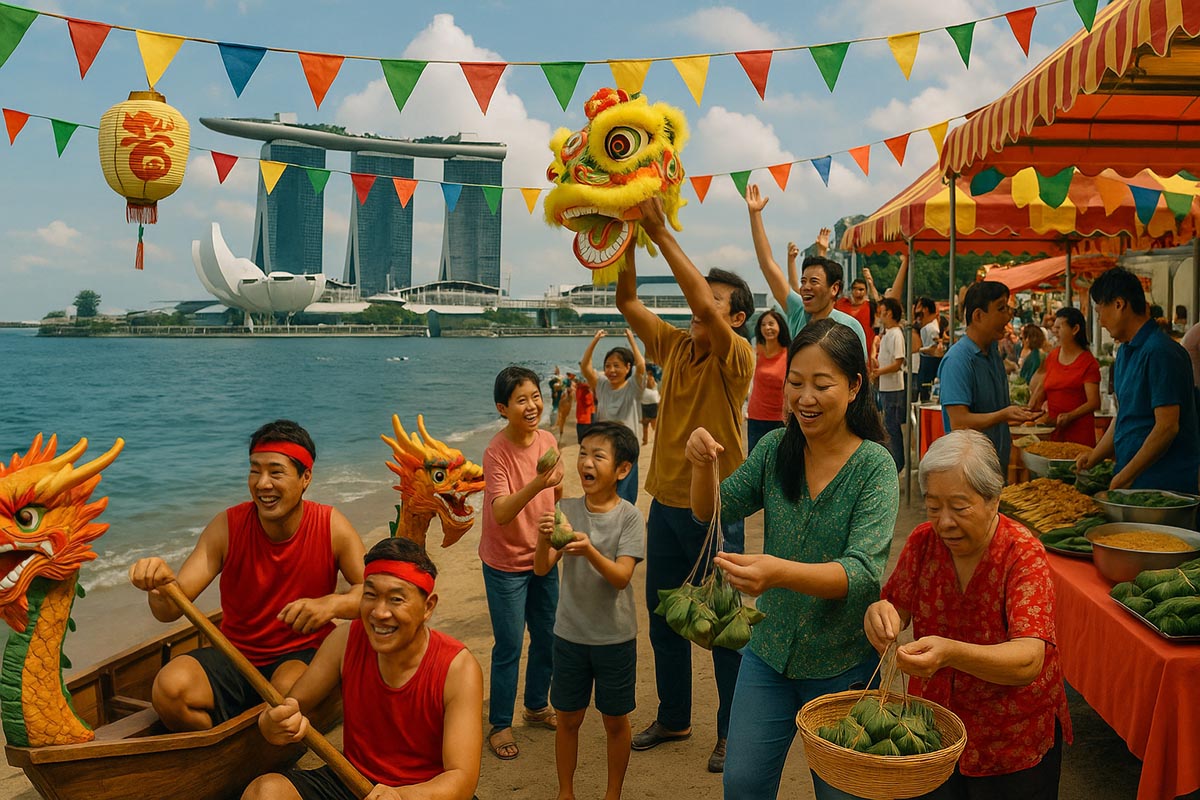
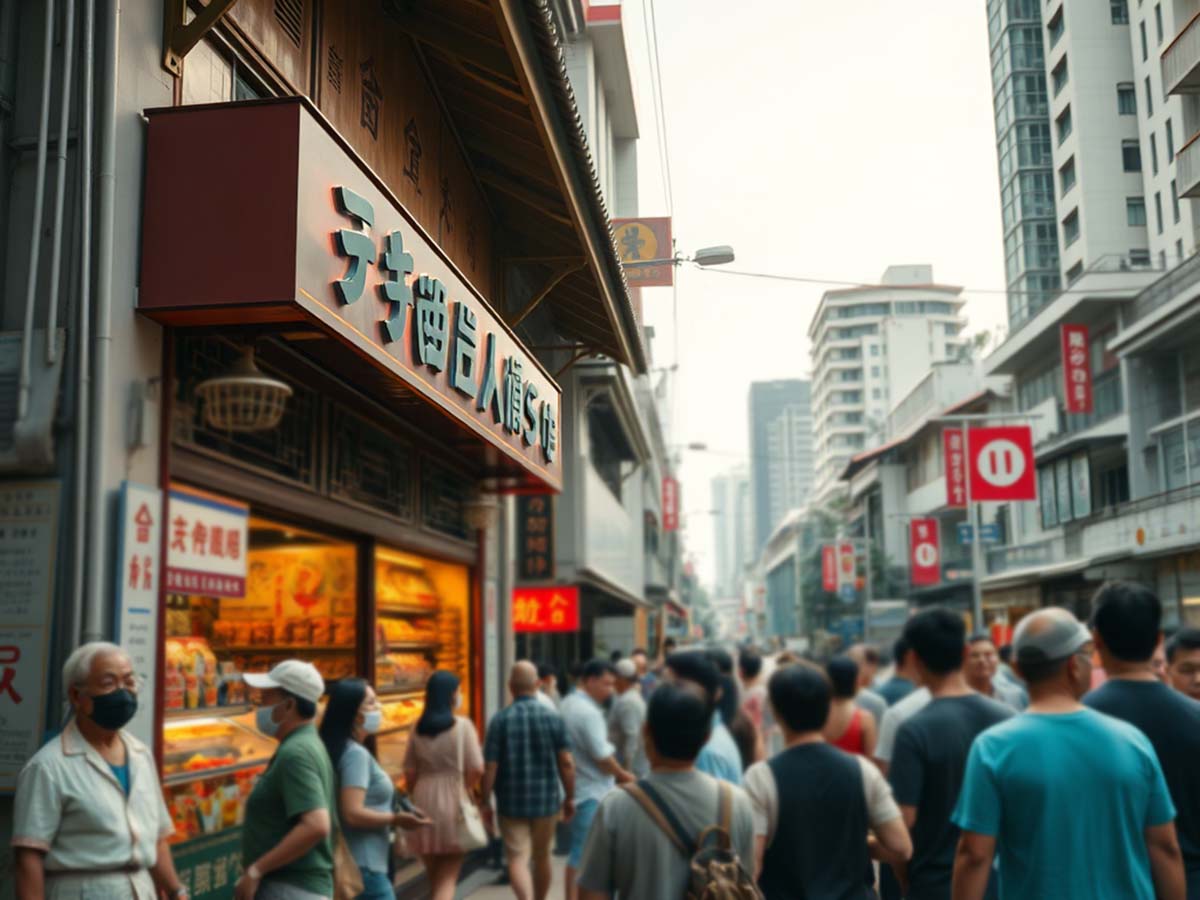
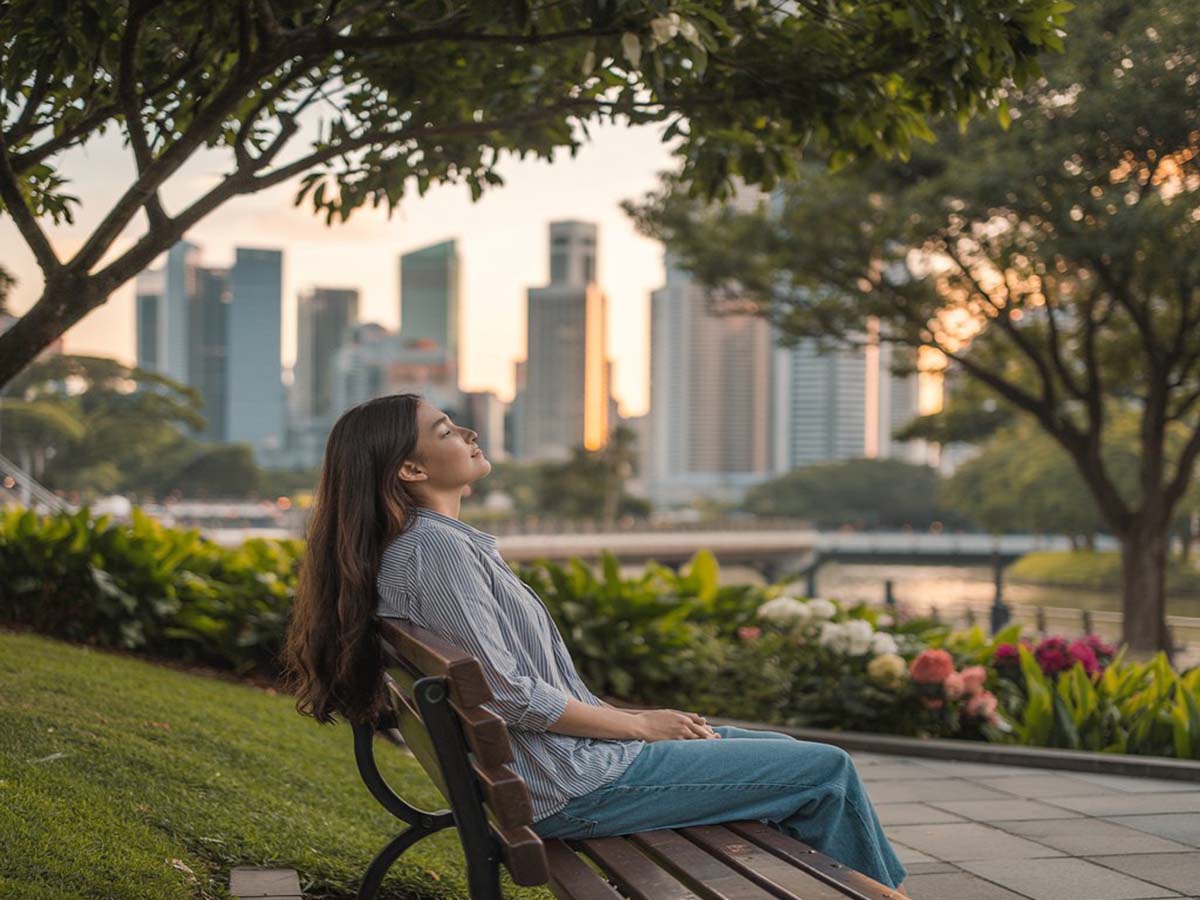



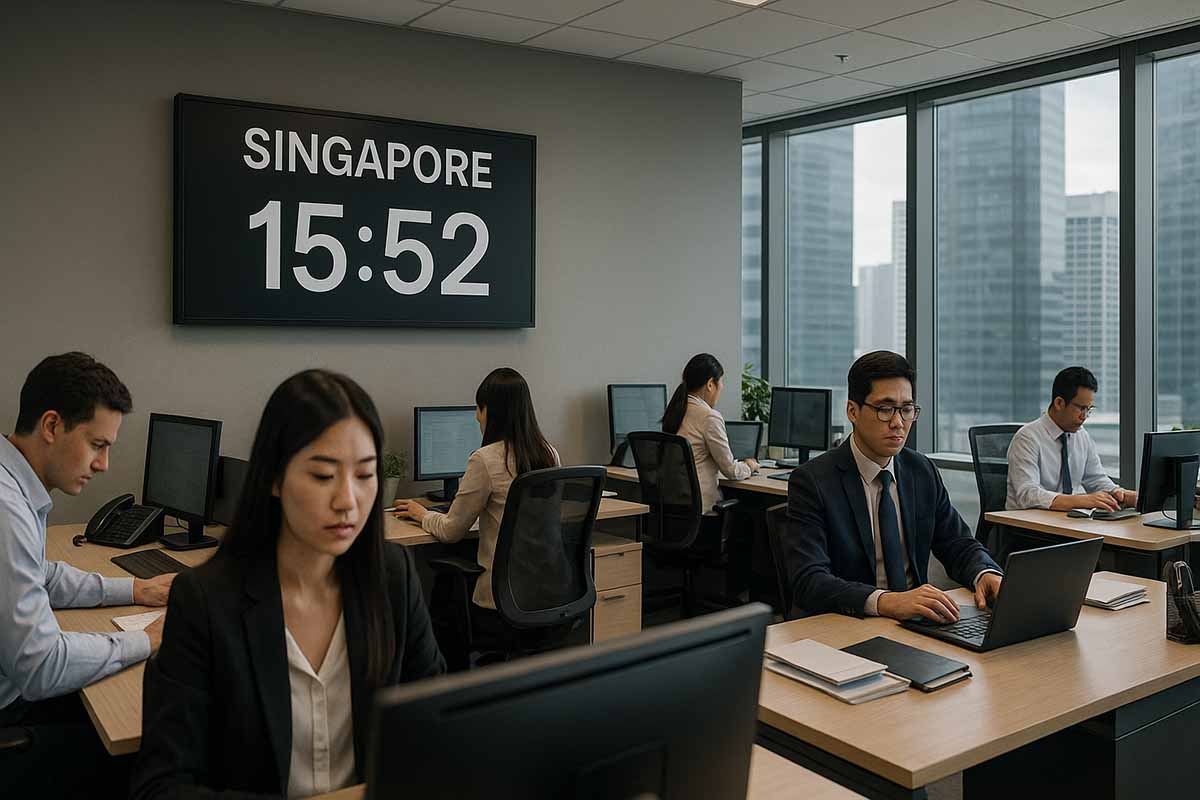
Leave a Reply